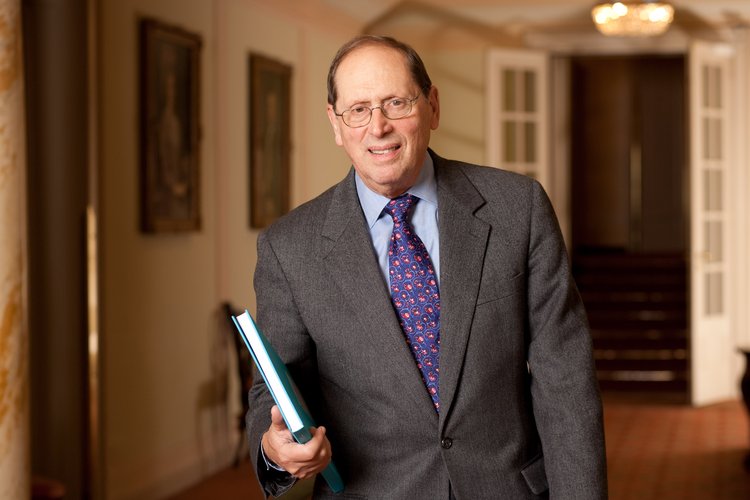
Obituary William E. Paul
It is with great sadness that we learn of the decease of Prof. Dr. William E. Paul, Chief of the Laboratory of Immunology, National Institute of Allergy and Infectious Diseases, Bethesda, USA. Bill Paul was a member of the Scientific Advisory Board of CeMM from the very beginning and had a great influence on the development of our institute. We lose an extraordinary scientist and highly esteemed mentor. His advice, constructive criticism and encouraging words will be dearly missed by the CeMM Directors and by the entire CeMM Faculty. Our thoughts are with his family and collaborators as well the large number of disciples.
As a scientist…
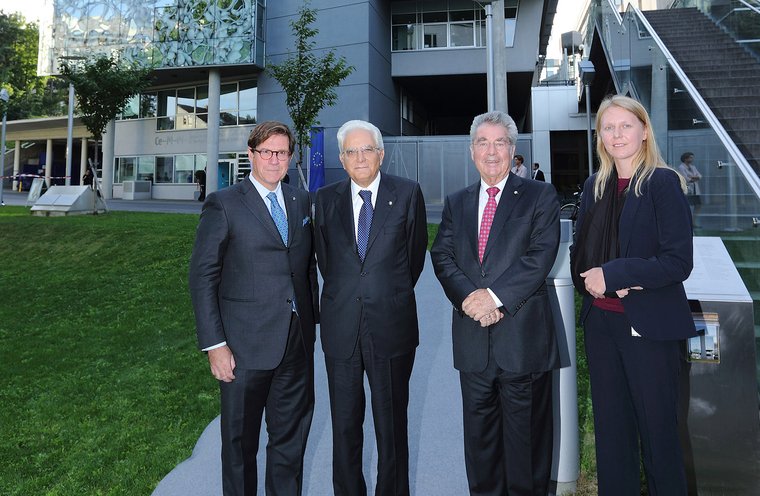
Visit of H.E. Sergio Mattarella and H.E. Heinz Fischer at CeMM
On September 16, 2015 CeMM was honored by the visit of H.E. Sergio Mattarella, President of the Republic of Italy, and H.E. Heinz Fischer, President of the Republic of Austria. It was the first official visit of President Mattarella to Austria and we are very grateful for this unique opportunity to present CeMM and its research highlights to such an honorable audience.
The visit started with a short introduction to CeMM’s art façade created by Peter Kogler and a stopover on the CeMM terrace to enjoy the beautiful view over Vienna. The guests then entered the CeMM Brain Lounge, where Italian students and postdocs had the opportunity to…
Read more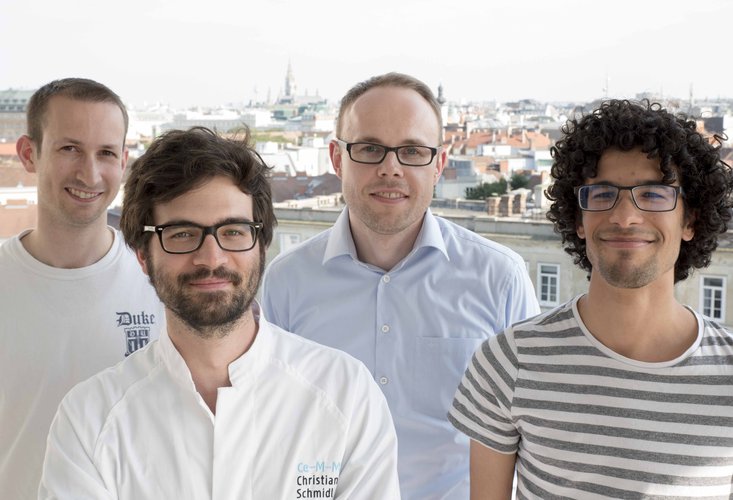
ChIPmentation: fast, robust, low-input ChIP-seq for histones and transcription factors
To understand how genes are regulated, researchers create genome-wide maps that connect regulatory proteins to their target sites on the DNA. This analysis is typically performed using “chromatin immunoprecipitation followed by sequencing” (ChIP-seq). With this method, the cell’s chromosomes are cut into small pieces, and an antibody is used to fish out those DNA fragments that are bound by the regulatory protein of interest. Unfortunately, ChIP-seq is a relatively complex protocol that requires a lot of cells, which makes it difficult to analyze some of the most interesting cell types – for example stem cells and cancer initiating cells.
…
Read more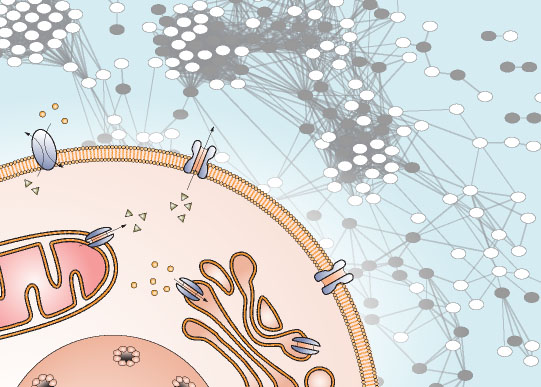
An international group of laboratories, led by CeMM, publishes in Cell the scientific arguments for more systematic research on solute carriers proteins, the major class of drug transporters
Recent scientific insights and technical breakthroughs strongly argue for a global, efficient approach to map the gene products that manage the interface between biological systems and their environment.
The proteins that transport nutrients and drugs across cellular membranes into cells and organisms have paradoxically not been studied in an orderly, efficient fashion, despite their clear importance. Recent work at CeMM on regulation of the mTOR pathway and mechanism of cancer drug resistance has identified two members of the large group of solute carrier proteins (SLCs) as critical for these processes (Rebsamen et al, Nature 2015; Winter…
Read more
www.ChemicalProbes.org, a new crowdsourcing initiative
The Superti-Furga laboratory at CeMM is part of a new crowdsourcing initiative, a wiki site called www.chemicalprobes.org that recommends appropriate chemical probes for biological targets, provides guidance on their use, and documents their limitations. Chemical probes are chemical tool compounds that enable scientists to study proteins in living cells without genetic modifications and which may be interesting drug targets to treat diseases like cancer. Many chemical probes produce spurious results that can lead researchers to wrong conclusions about the proteins and drug molecules they are studying. The use of optimal and well-documented…
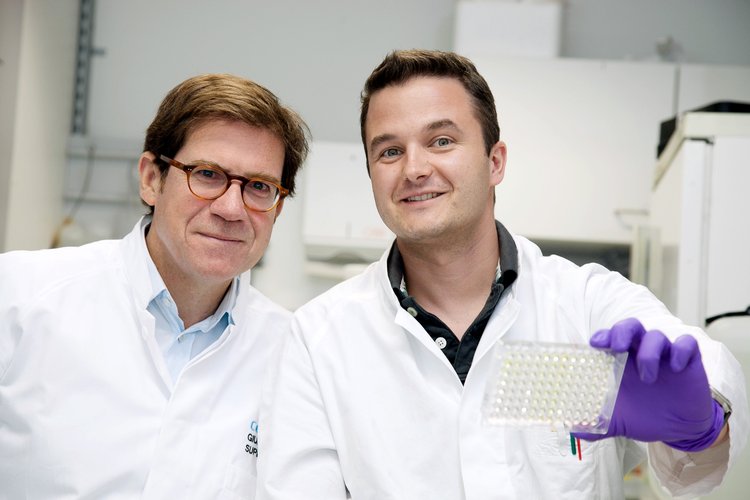
New epigenetic target and drug in leukemia
Through the investigation of specific interaction partners of the leukemia-associated, truncated variant of C/EBPa, the research group of Giulio Superti-Furga, Scientific Director at CeMM Research Center for Molecular Medicine of the Austrian Academy of Sciences, has gained new mechanistic insights into the molecular details of oncogenic transformation by C/EBPa mutant proteins. Florian Grebien, postdoctoral fellow in Superti-Furga´s team and since 2014 group leader at the Ludwig Boltzmann Institute for Cancer Research, found that the short, leukemic C/EBPa mutant can exert its oncogenic functions through a selective interaction with Wdr5, a…
Read more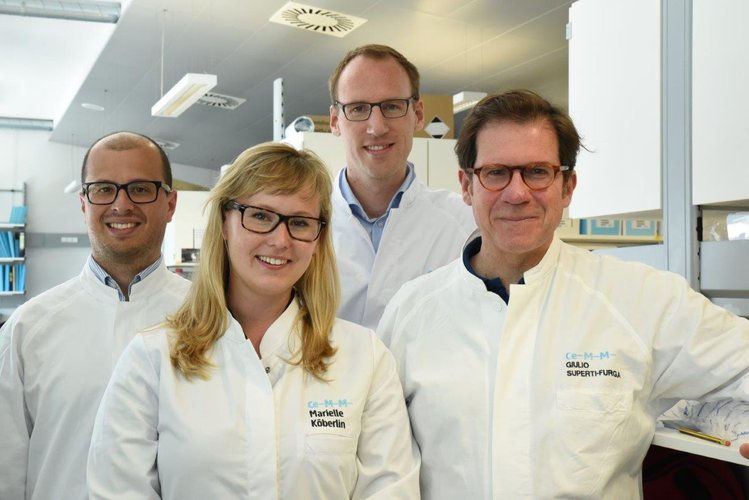
Scientists at CeMM discover a new fundamental feature in the organization of biological matter
An unexpected order in the molecular regulation of the constituents of the fat part of our cells is revealed in two simultaneous publications appearing from the laboratory of Prof. Giulio Superti-Furga in the renowned scientific journals Cell and Cell Reports. The two studies, from scientists at the CeMM Research Center for Molecular Medicine of the Austrian Academy of Sciences investigated the role of lipids in the immune response. Marielle Köberlin, Berend Snijder, Leonhard Heinz and colleagues discovered that the regulation of lipids in the cell membrane follows a surprising circular, ring-like organizational pattern and that this pattern…
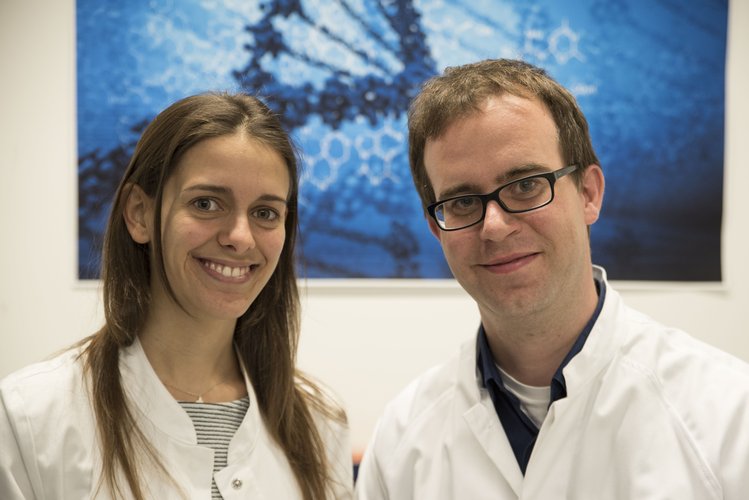
Inherited DOCK2 deficiency in patients with early-onset invasive bacterial and viral infections
In an international study scientists from Kaan Boztug´s team at CeMM and the Medical University of Vienna, in close collaboration with the groups of Luigi Notarangelo at Boston Children’s Hospital, and Jean-Laurent Casanova at Rockefeller University, New York , have elucidated the molecular cause of a hitherto unrecognized inherited disorder of the immune system (primary immunodeficiency). Performing genetic and cellular immunological studies, the researchers identified biallelic mutations in DOCK2, a gene encoding a protein of critical importance for the cytoskeleton. Patients affected by this rare disease exhibit broad defects of immunity,…
Read more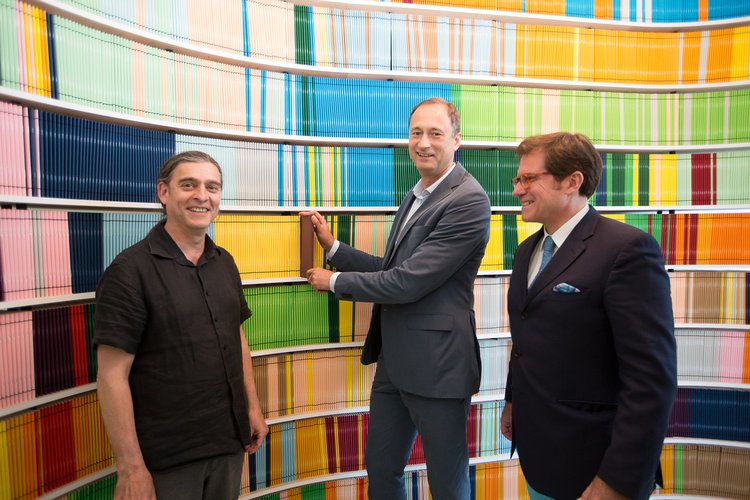
Opening CeMM Kapsel/Time Capsule
On June 3rd, 2015 the CeMM Kapsel/Time Capsule a Science and Art project by Martin Walde and Giulio Superti-Furga was officially opened by Andreas Mailath-Pokorny, Vienna City Councillor for Cultural Affairs and Science. The concept of the Time Capsule is based on Martin Walde´s interaction with CeMM´s research and philosophy and with the wish to create a “docking place” for artists of all branches within a biomedical research institute. The idea was to create a place where one, two or three people at a time can seclude to think or work in peace. The artist conceived the room as a safe haven and repository for ideas and thoughts that are…
Read more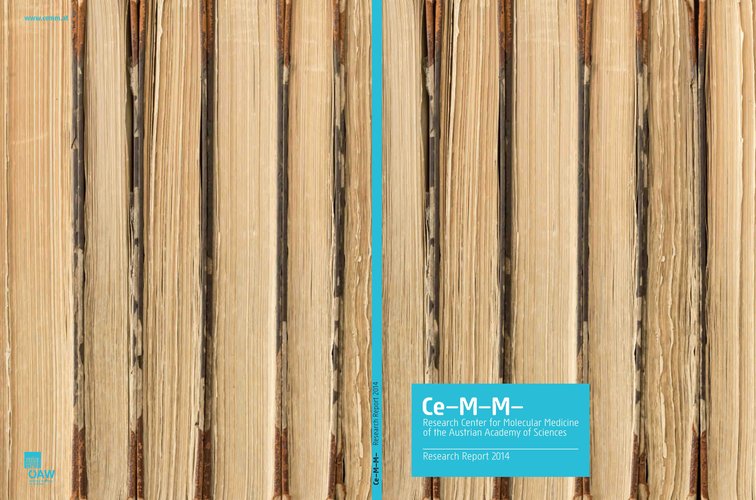
CeMM Research Report 2014
On Monday, May 18, the new Research Report was presented to a selected audience.
CeMM attempts to address a wider public of culturally interested people, provides interesting artistic insides and provokes new questions. A good example for this is the yearly CeMM Research Report, which is more than a summary of the ongoing projects and activities.
The theme of this year’s report is inspired by the human genome, and by the Austrian National Library. In 2014, CeMM successfully launched the Personal Genome Project “Genom Austria” (www.genomaustria.at), together with the Medical University of Vienna, aiming to support a genetic literacy in…
